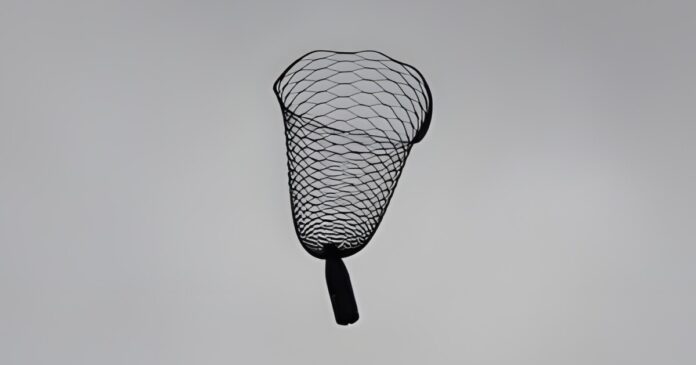A team of researchers in France and Canada might have just improved upon humble parachutes by making lots of holes in them.
Inspired by Kirigami, the Japanese art of folding and cutting paper into decorative shapes, this type of parachute can descend through the air in a stable manner, and land very close to a target directly beneath it. That could go a long way towards making it easier to accurately and safely airdrop humanitarian aid packages, and efficiently deliver parcels by drone.
The idea bounced around Polytechnique Montreal’s Mechanical Engineering department for a while before researchers developed it further, and gathered the necessary resources to put it to the test. After experimenting with a range of patterns to laser-cut into plastic sheets, they arrived at the right closed-loop pattern that would see the sheet turn into an inverted bell when dropped from the sky, and gracefully land near its target.
LM2
The team tested numerous prototypes by dropping a bottle equipped with a kirigami parachute from a height of nearly 200 ft (60 m). You can see it in action in the clip below. The team also published a paper on this work in Nature this week.

Image courtesy of the researchers
Traditional parachutes trap air beneath themselves and create drag that slows their descent. However, too much drag can knock the parachute off course, and cause it to land someplace other than its intended destination.
That makes airdropping humanitarian aid parcels – whether in wartime or in the midst of natural disasters – a tricky affair. Parcels can arrive damaged to some extent, or drift away and become hard to retrieve.

Martin Primeau
The kirigami parachute largely addresses these concerns. “The inverted bell shape stretches the slits of the kirigami pattern and forces the air through its numerous small openings. This causes the airflow to remain orderly, without large chaotic vortices, resulting in a predictable trajectory,” explained Frédérick Gosselin, a professor at the engineering institute who dreamed this parachute up in the first place.

Image courtesy of the researchers
It’s also cheap and easy to produce from a range of materials, using just a laser cutter or die cutting machine; there’s no stitching or complex assembly required.

Image courtesy of the researchers
There’s work to be done yet to perfect the novel design; the researchers hope to incorporate ideas from origami to make their parachute packable or add stiffness, and alter its descent depending on the type of cargo it’s carrying.
Source: Polytechnique Montreal


